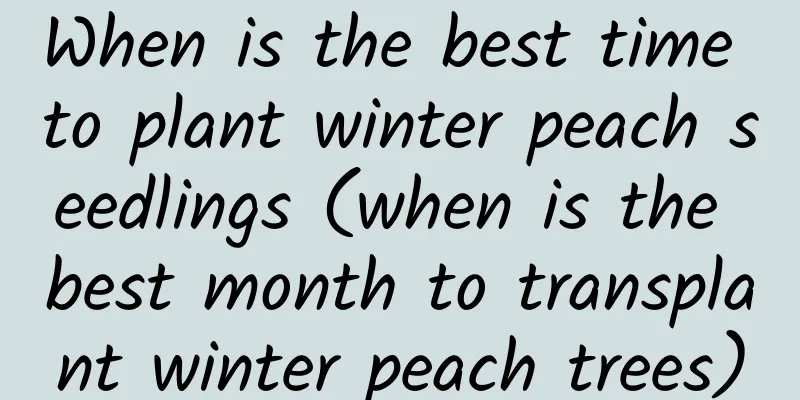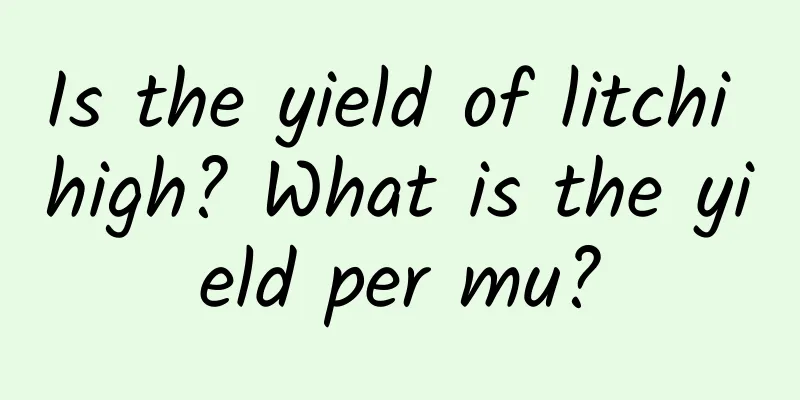Key points of chive planting technology and management

|
Chives prefer mild climatic conditions and are resistant to both cold and heat. The suitable temperature range for its germination is 13 to 20 degrees Celsius, while the most suitable temperature for stem and leaf growth is 18 to 23 degrees Celsius. For the root system, the most suitable growth temperature is 14 to 18 degrees Celsius. When the temperature exceeds 28 degrees Celsius, the growth rate of chives will drop significantly. Let’s learn about chive planting techniques and management points together. 1. Planting time Open field cultivation is suitable for spring and autumn. Protected cultivation can be carried out all year round except in summer; in summer, the temperature can be lowered by covering with shade nets. 2. Sowing and Harvesting Harvest can be done approximately 60 to 80 days after sowing. Harvesting can begin 30 days after transplanting. 3. Variety selection It is recommended to choose purple-flowered chive varieties with strong fragrance, such as four-season chives and Fujian chives. 4. Land preparation and fertilization Carefully prepare the land, apply sufficient base fertilizer, and use 3,000 kg of decomposed organic fertilizer or more than 1,000 kg of expanded and decomposed chicken manure per mu. The plots should be made into compartments 1.5 meters wide and 8 to 10 meters long. In summer or in flood-prone areas, raised ridges should be made and drainage ditches should be ensured around them. 5. Sowing method It can be sown in rows or broadcast, with a spacing of 10 cm between rows and 1.5 to 2 cm of soil covering. To prevent underground pests, mix phoxim with fine soil or mix dichlorodiphenyltrichloroethane with roasted wheat bran to make poison bait before sowing. 6. Transplanting and planting Transplanting should be carried out 40 to 50 days after sowing, with 8 to 10 plants per hole, and the row and hole spacing being 12 to 20 cm and 8 to 10 cm respectively. The transplanting depth should be 4 to 6 cm, and water should be poured in time. 7. Field management Keep the soil moist. Avoid drought after seedling emergence and transplanting. Loosen the soil in time to promote root growth. Apply top dressing in time according to the application of base fertilizer and the length of the harvest period. 8. Pest and disease control Adopt agricultural and physical control methods, and use biological or low-toxic, low-residue pesticides when necessary. Corresponding pesticides can be selected to prevent and control different diseases and pests, such as Yinfali, Priligy, Shijia Le, Methyl Thiophanate, Mancozeb , Baifulin and Baolong. The above is a detailed introduction to chive cultivation, and I hope it can provide practical guidance for growers. When you refer to this and study it, please consider the actual local climate conditions.
|
<<: Potato planting methods and management techniques
>>: Planting methods and management of long beans
Recommend
Cultivation methods and precautions of chrysanthemum
1. Maintenance methods 1. Soil: It has certain re...
Is it normal to have white worms in dragon fruit? How to preserve it for a long time?
1. Is it normal to have white worms? It is not no...
What should I do if the leaves of the fortune tree have yellow spots? How can I keep it safe in winter?
1. What to do When the leaves of the money tree h...
Kiwifruit Management Techniques in April
As April begins, kiwifruit orchards in northern r...
What kind of tree is best to plant at the entrance of a rural area? (Planting trees in front of the entrance of a house is auspicious and auspicious)
What kind of tree should be planted at the gate o...
Time and method of soil replacement
Smooth sailing soil replacement time The soil of ...
The difference between sunflower and sunflower
1. Different appearance The sunflower has a small...
What should I do if there are black spots on the back of the leaves of Jinping Pingteng? This way there will be no more!
The reason for this phenomenon Generally speaking...
What fertilizer is best for olive trees?
Olive tree topdressing time Olive trees can be to...
How to make the ash tree bloom
1. Maintenance 1. Sunlight: If you want the plant...
How and when to plant white sweet potatoes
White sweet potato planting time White sweet pota...
How to water the Flower Dance
Spring and Autumn growing season Spring and autum...
Where is fruit corn suitable for planting?
Fruit corn growing area Generally, fruit corn gro...
How to water green chrysanthemums
Key points for watering green chrysanthemums Gree...
How to water a cactus
Watering precautions Do not water the cactus too ...









